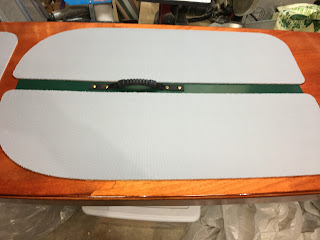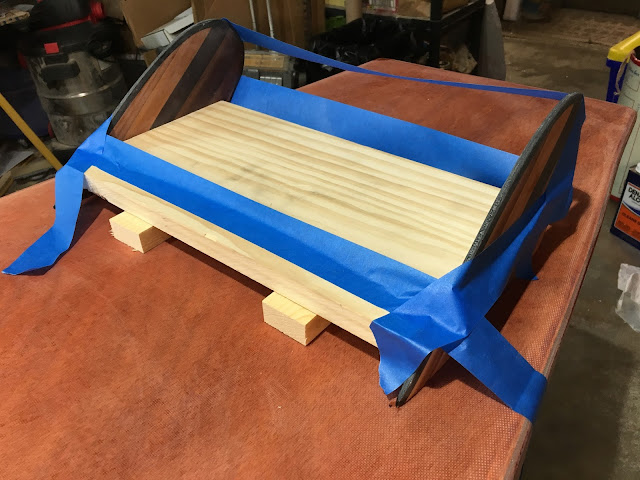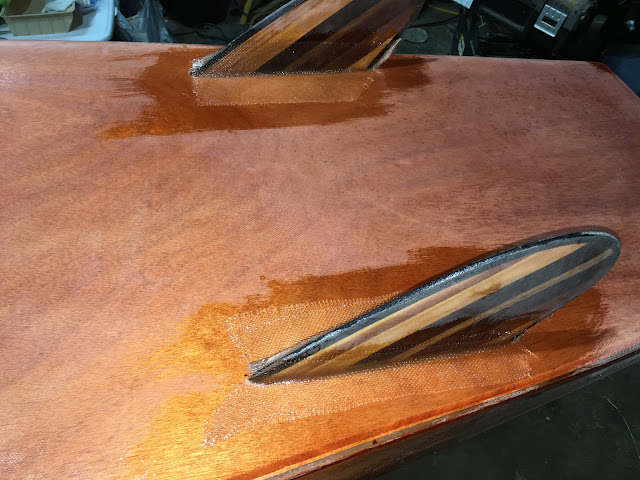 |
| Grommet came too. |
 |
Andi and Andrew: Andrew is stationed at Ft. Sill, so we were able to camp at Lake Elmer Thomas Recreation Area, on the Post.
|
The weather did not cooperate on the 28th;
too windy for paddling--barely OK for some sailing, but then the wind died before long. It was glorious on the 29th. It was a bit chilly for SUP-ing in the morning so we sailed first. Here are some of the photos from the morning sail, mostly shot by Andi:
 |
| Grommet couldn't wait to get on board! |
 |
Andrew took over the helm for most of the trip, so I got to do some relaxing (and trying to keep Grommet out of the way).
|
 |
The boat heeled over quite a bit a couple times--great fun!
|
 |
Here I am relaxing in the companionway and pretending to know what I'm doing.
|
 |
Andrew is taking us back to shore so we can get to the real purpose of the trip (of this blog too), Stand Up Paddling:
|
 |
Grommet went for a ride on one of the Kley's boards while I secured the sailboat and then tried out my new wetsuit. It appears he liked it--didn't want to get off the board!
|
 |
He finally decided to take a break while I was getting ready to take my SUP out.
|































